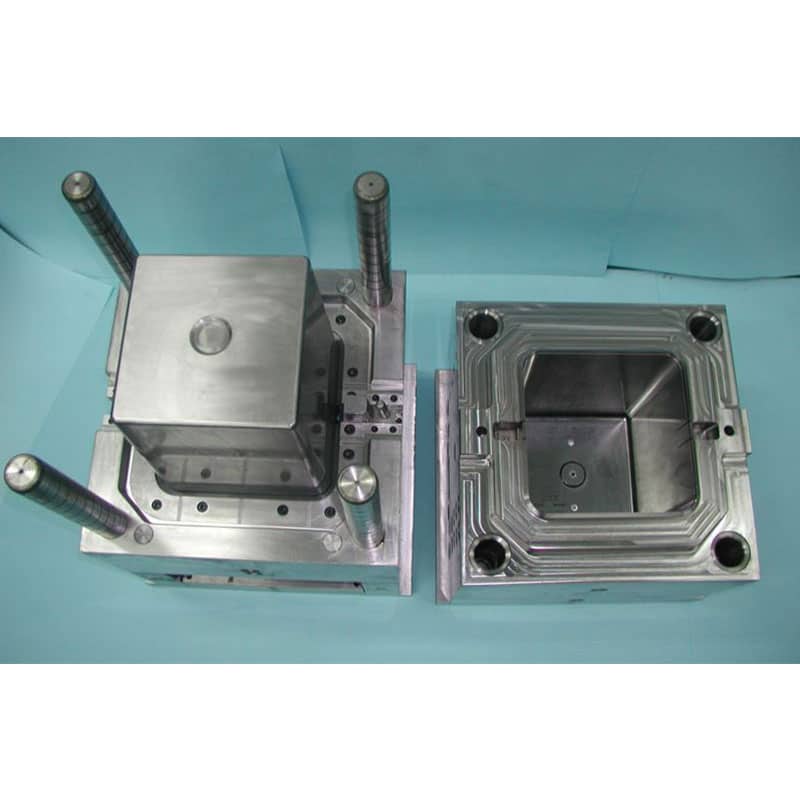
A food container is mainly made of Plastic. Here we will share a process of food container mould manufacturing. Here we will also share products requirement, machines & tools, and some technical theories.
The process can vary depending on the desired container’s design and material.
- Design your container: First thing first, think about the new design and shape of the container as per the requirement. Begin by creating a detailed design of the food container you want to mold. You can use computer-aided design (CAD) software or create a physical prototype.
- Choose material: Select a suitable material for your mold.
Common options are silicone, polyurethane. Consider the properties of the material, such as flexibility, durability, and resistance to food-grade requirements. - Prepare prototype: If you have a physical prototype, ensure it is clean and free from any imperfections.
You can also create a master model using 3D printing or CNC machining if you have the necessary resources. You may contact us for the same- Integrated Solutions - Build the mould box: Construct a containment box around the container prototype.
This box will serve as a framework for pouring the mold material.
Use materials like foam board, acrylic, or wood to create the box. - Apply a release agent: To prevent the mold material from sticking to the container prototype, apply a suitable release agent.
There are specific food-safe release agents available for this purpose. - Mix and pour the mold material: Follow the manufacturer’s instructions to mix the mold molten material. Pour the mixed mold material into the mold box, covering the container prototype completely.
- Allow the mold to cure: The mold material needs time to cure and harden.
- Demold the container once it gets hardened and cured.
- Inspection and Finishing: Inspect the mold for any imperfections or defects.
You can use tools like sandpaper or a scalpel to refine the mold’s surface, ensuring it is smooth and free from any irregularities. - Test before using the mold for production, conduct a test run with a suitable food-safe material.
There are various types of food container mould available according to requirements and material type.
- Injection Moulds
- Blow Moulds
- Thermoforming Moulds
- Silicone Moulds
- Aluminum Moulds
- Vacuum Forming Moulds
Explanation of all these mould types in the next blog.
